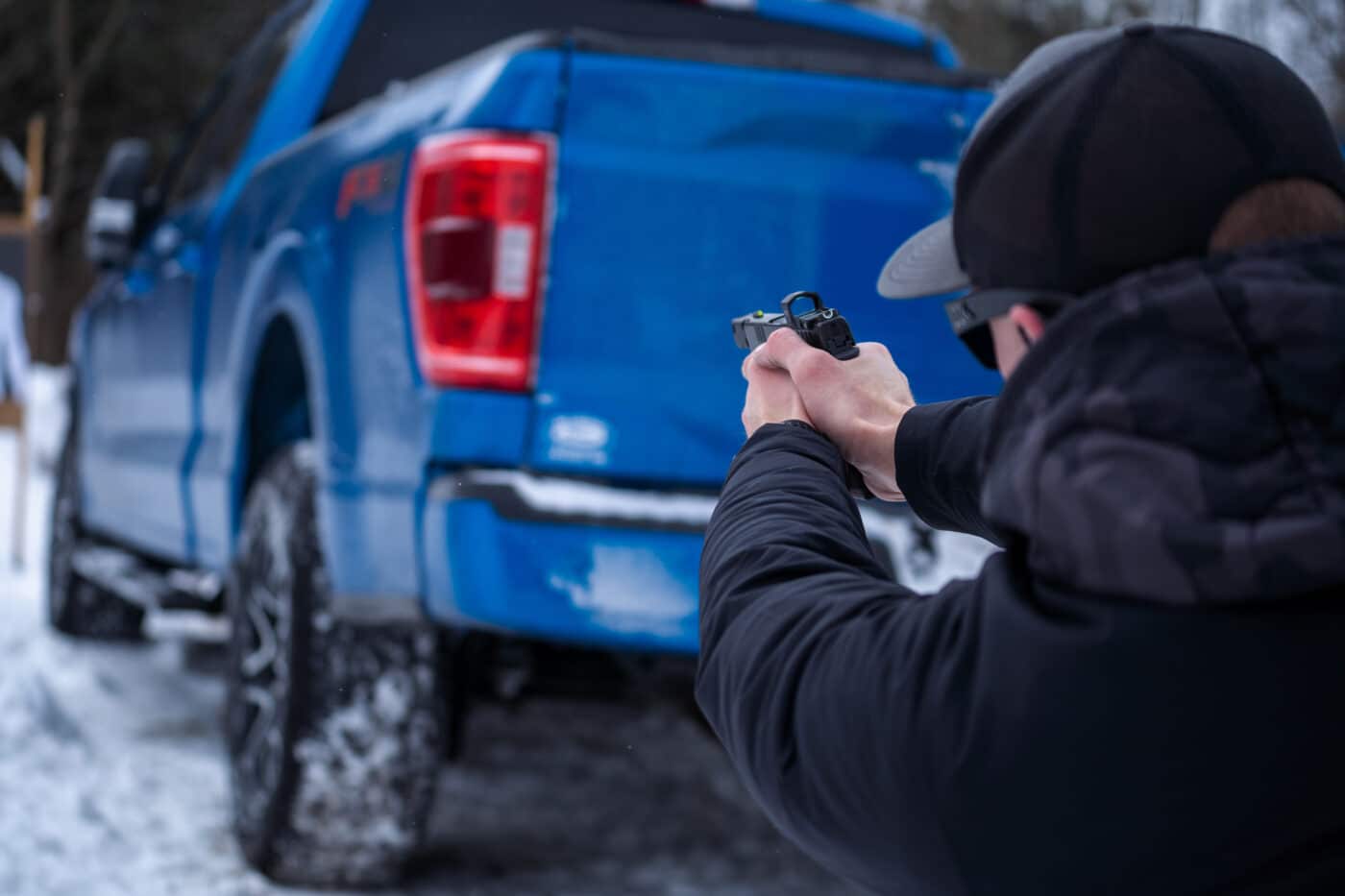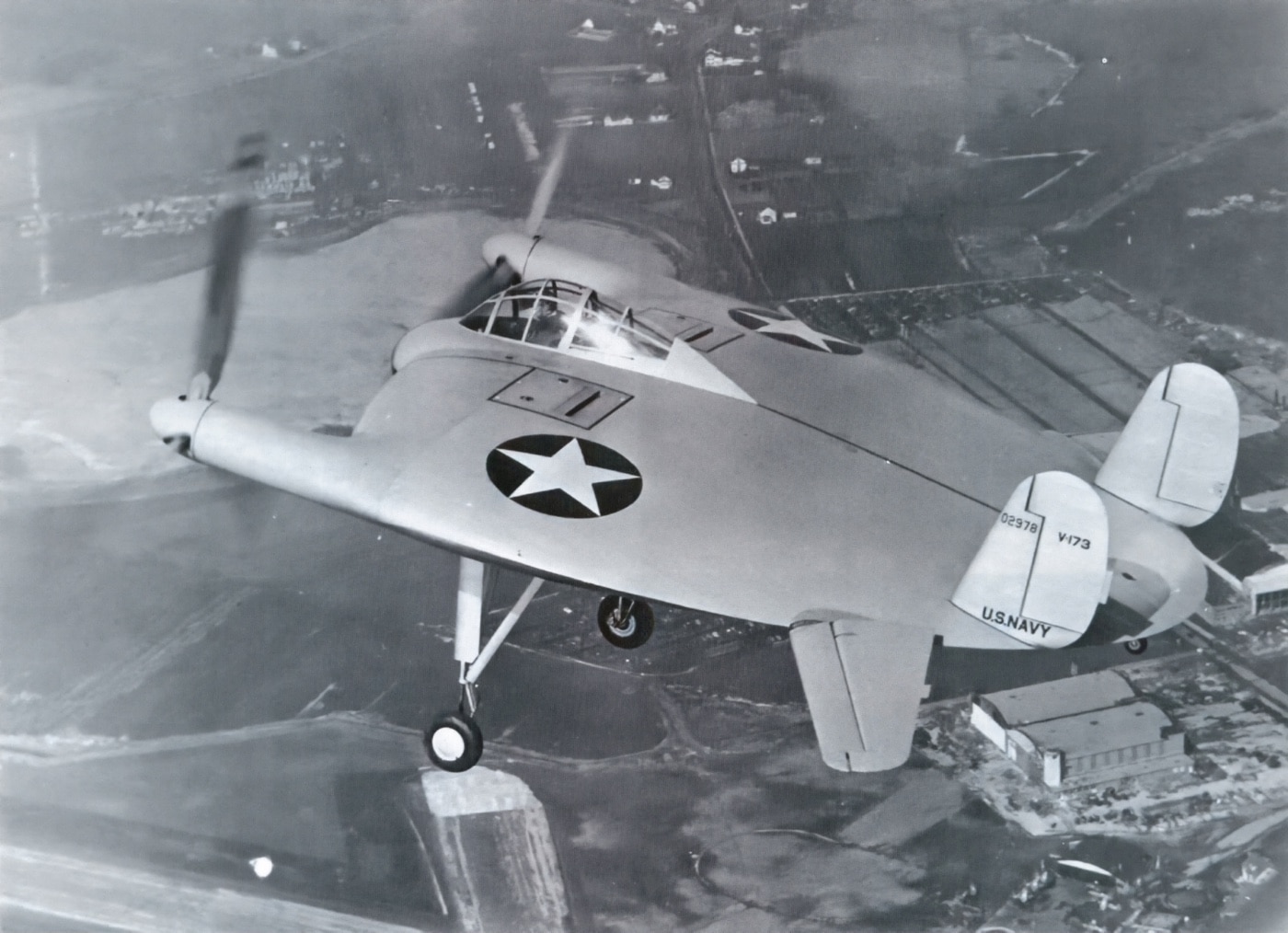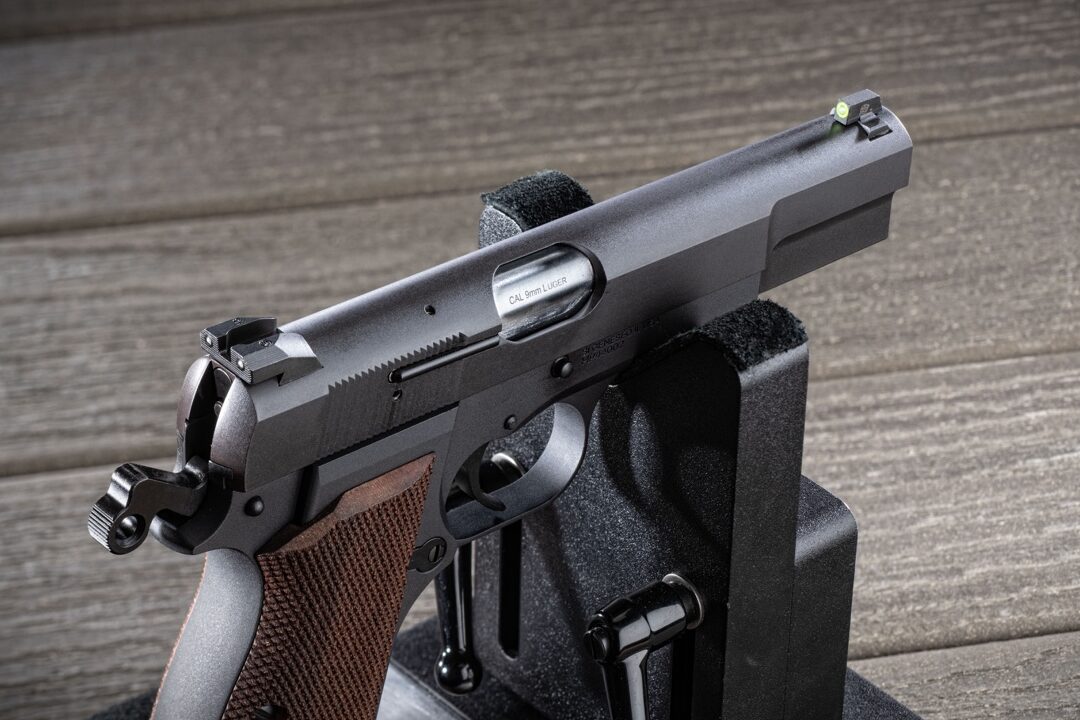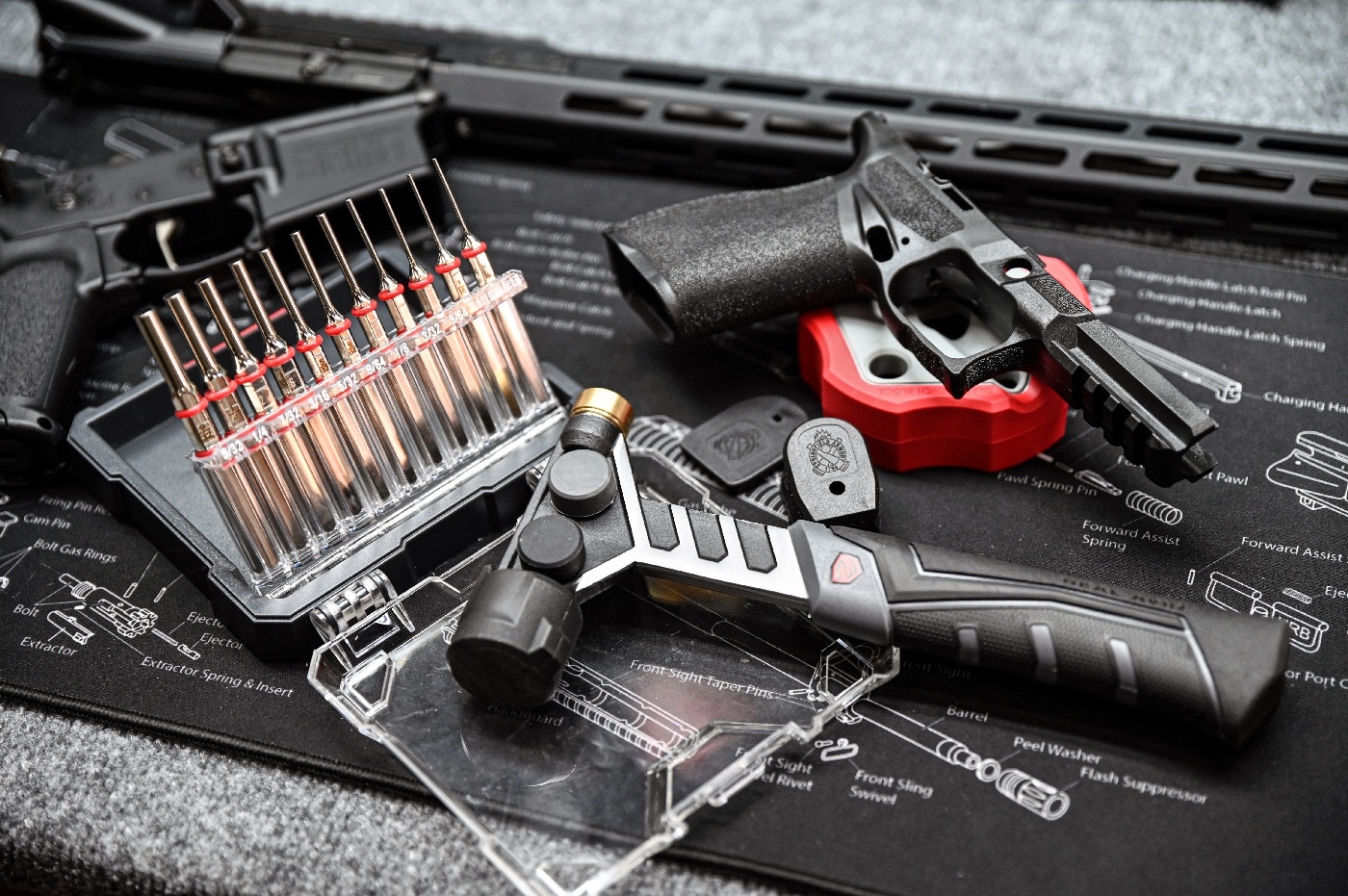The M2 .50-Caliber Machine Gun, commonly known as "Ma Deuce," was created to address the issues faced by General John J. "Black Jack" Pershing during World War I, specifically dealing with German observation balloons and aircraft that were out of range of standard weapons. John Moses Browning was enlisted to design a firearm capable of firing a larger caliber bullet with sufficient range and power to counter these threats. His creation, the M2, became a pivotal weapon for the US military, showcasing its effectiveness against early German bombers and balloons. Browning’s M2, with its .50-caliber ammunition, became an indispensable tool in various combat scenarios.
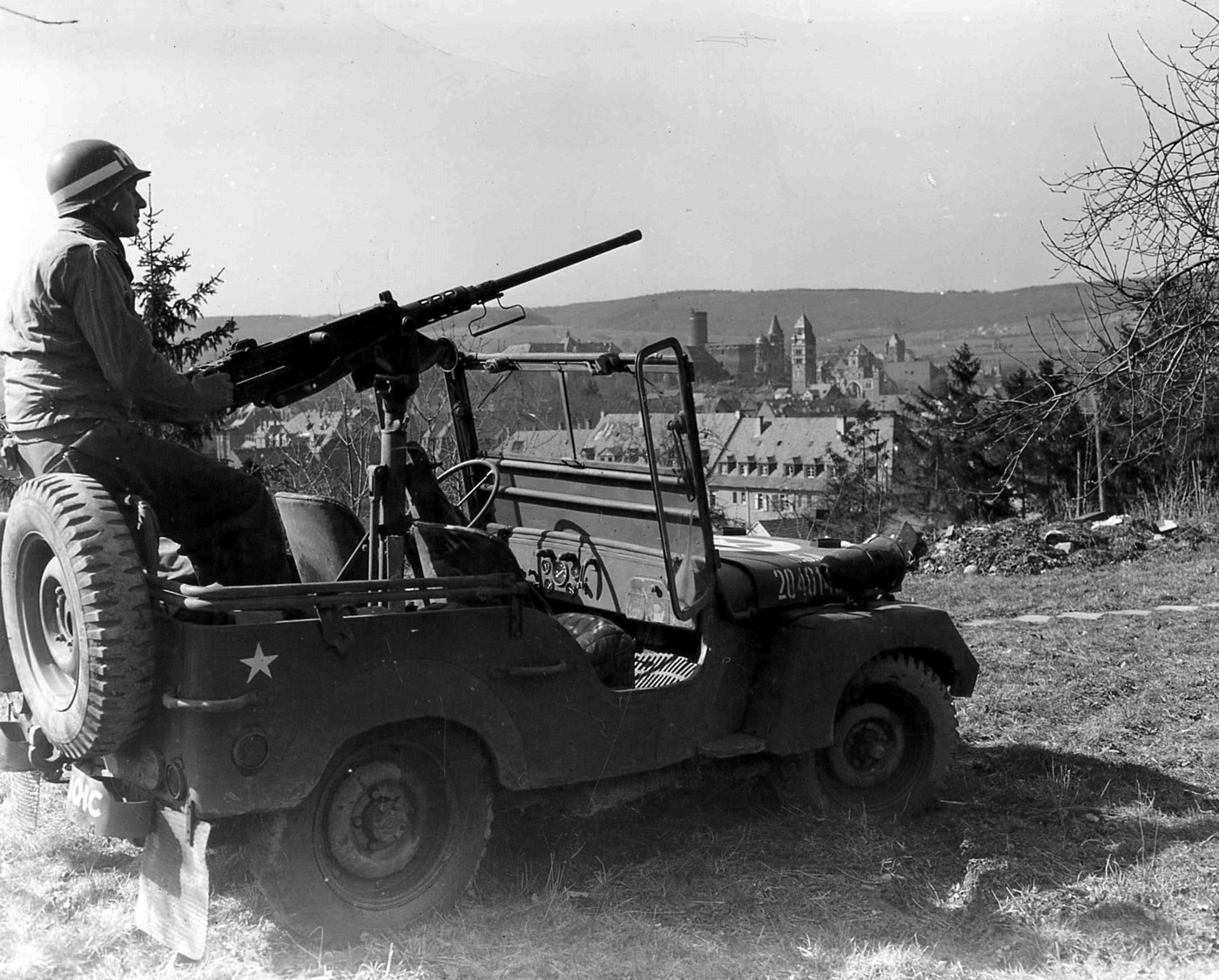
The M2 has demonstrated its flexibility through integration into numerous platforms, such as tanks, ships, and aircraft, over its long service history. Its exceptional range and penetration allowed it to outclass other weapons, remaining effective in combat even against armored targets. During World War II, Allied forces widely deployed the M2, and aircraft versions like the AN/M2 were mounted on various fighter models, establishing the .50-caliber machine gun as a staple of American military firepower. The machine gun’s adaptability, demonstrated by its ability to switch between left and right feeding and a range of ammunition types, solidified its role across multiple theaters of operation.
The M2's enduring legacy is maintained through updates that have minimized its maintenance requirements—such as the M2A1 version featuring fixed headspace and quick-change barrels—ensuring it remains a crucial asset for modern military forces. Despite its age, the M2 continues to serve alongside contemporary weapon systems, highlighting Browning's remarkable design. Its continued presence in military arsenals worldwide speaks to its reliability and effectiveness, securing its status as an iconic machine gun in the history of warfare.
Experience more about the venerable M2 in the original article: Ma Deuce — The M2 .50-Caliber Machine Gun - The Armory Life
